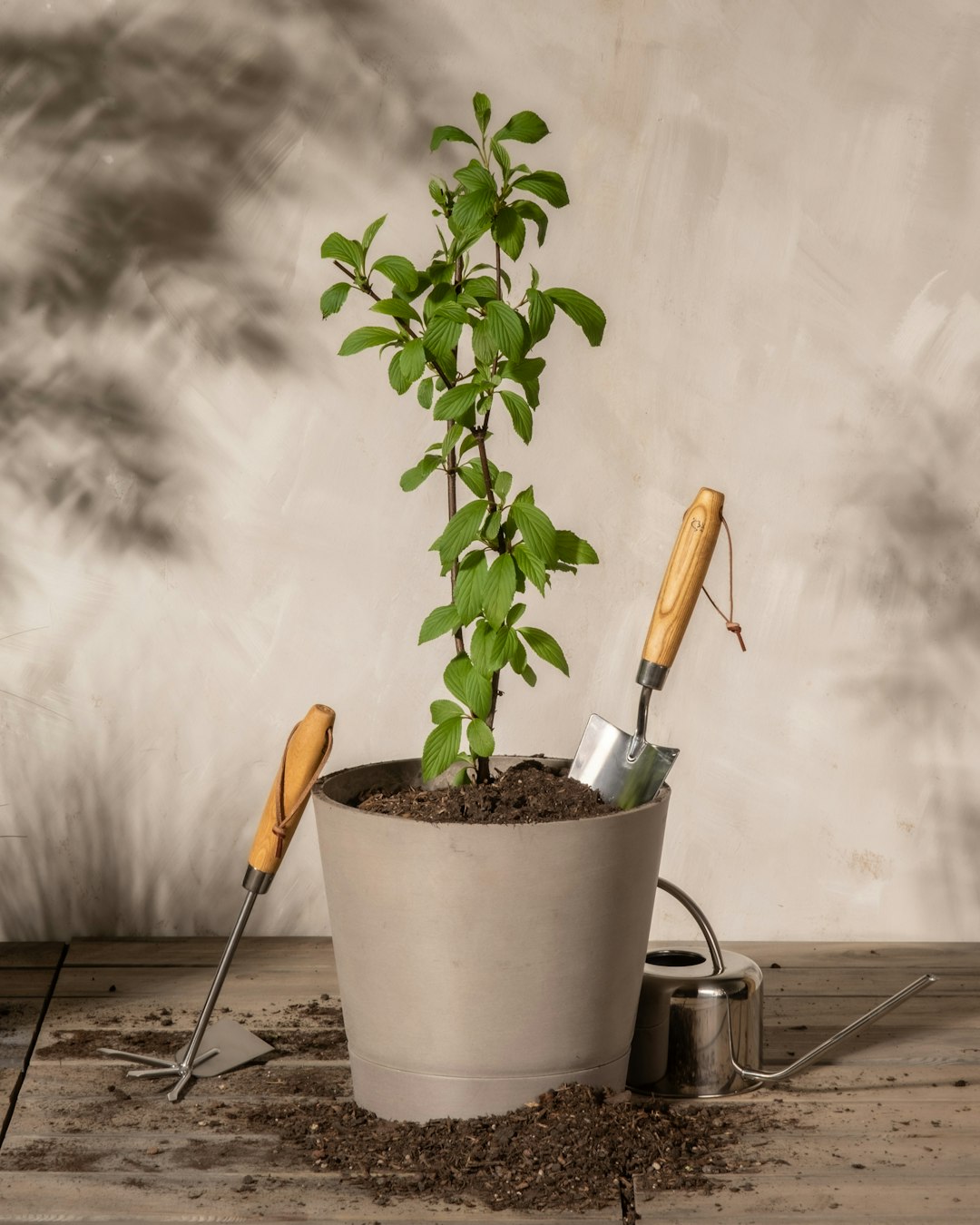Effortless Fall Leaf Raking: Yard Care Secrets

As the vibrant colors of summer fade away and the crisp air of autumn sets in, one of the most iconic sights of the season is the beautiful carpet of fall leaves that blankets our yards. While the sight of these colorful leaves can be a delight to behold, the task of raking them up can often feel like a daunting chore. However, with a few simple tips and tricks, you can make lighter work of raking fall leaves in your yard and turn this seasonal task into a more manageable and even enjoyable experience.
First and foremost, it's important to choose the right tools for the job. A good quality rake is essential for effectively gathering up leaves. Look for a rake with wide tines that can cover a large area with each pass. This will help you to collect more leaves in less time. Additionally, consider investing in a leaf blower or a leaf vacuum. These tools can be especially useful for clearing large areas or for reaching leaves that are difficult to access with a rake. A leaf blower can quickly move leaves into piles, while a leaf vacuum can suck them up and collect them in a bag for easy disposal.
Another tip for making leaf raking easier is to rake at the right time. Wait until the leaves are dry before you start raking. Wet leaves are heavier and more difficult to gather, and they can also clog your rake or leaf blower. If possible, choose a dry, sunny day to tackle the leaf raking task. This will make the leaves easier to handle and will also prevent them from sticking to the ground.
When raking, it's important to use proper technique. Start by raking the leaves into small piles. Work in sections, moving from one area of the yard to the next. As you rake, try to keep the piles as compact as possible. This will make it easier to move the leaves to a central location for disposal. If you're using a leaf blower, hold it at a slight angle and move it in a sweeping motion to blow the leaves into piles. Be careful not to blow the leaves onto your neighbors' yards or into the street.
Once you've gathered the leaves into piles, it's time to dispose of them. There are several options for leaf disposal, depending on your local regulations and personal preferences. One option is to compost the leaves. Composting is a great way to recycle organic material and create nutrient-rich soil for your garden. Simply pile the leaves in a corner of your yard and let them decompose over time. You can also add other organic materials, such as grass clippings and kitchen scraps, to the compost pile to speed up the decomposition process.
Another option for leaf disposal is to bag the leaves and have them picked up by your local waste management service. Most municipalities offer leaf collection services during the fall season. Check with your local government to find out the specific dates and guidelines for leaf collection in your area. Make sure to use biodegradable leaf bags to minimize your environmental impact.
If you have a large yard or a lot of leaves to deal with, you may also consider renting a leaf shredder. A leaf shredder can break the leaves down into smaller pieces, which can then be used as mulch for your garden or added to your compost pile. Shredded leaves decompose more quickly than whole leaves, making them a great addition to your soil. Using a leaf shredder can also reduce the volume of leaves, making them easier to store and transport.
In addition to these tips, there are a few other things you can do to make leaf raking easier and more efficient. For example, you can use a tarp to collect the leaves. Spread the tarp out on the ground and rake the leaves onto it. Then, simply lift the corners of the tarp and carry the leaves to the disposal area. This can save you a lot of time and effort, especially if you have a large yard.
You can also try to prevent leaves from accumulating in your yard in the first place. Trim back any overhanging branches from trees and shrubs to reduce the amount of leaves that fall into your yard. You can also install a leaf guard on your gutters to prevent leaves from clogging them. This will not only make leaf raking easier, but it will also help to prevent water damage to your home.
Finally, don't forget to take breaks and stay hydrated while you're raking leaves. Raking can be a strenuous activity, especially if you're doing it for an extended period of time. Make sure to take regular breaks to rest and stretch your muscles. Drink plenty of water to stay hydrated and avoid dehydration. If you have any health concerns or physical limitations, it's a good idea to consult with your doctor before starting a leaf raking project.
In conclusion, raking fall leaves doesn't have to be a chore. By following these simple tips and tricks, you can make lighter work of this seasonal task and enjoy the beauty of autumn without the hassle. So, grab your rake, put on your gloves, and get ready to transform your yard into a leaf-free oasis.